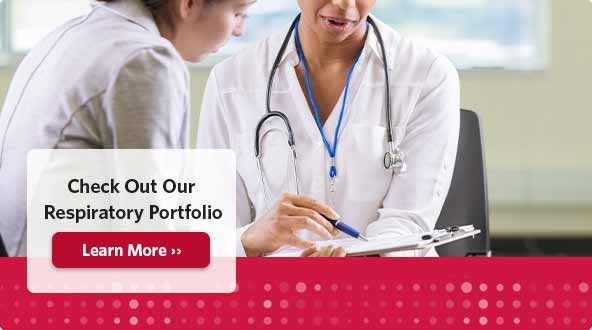Lab leaders cite need for guidelines and flexibility as they shift to molecular tests

Shifting needs in respiratory testing — driven in part by the low sensitivity of rapid antigen tests showcased in the last flu season — are resulting in the broader adoption of molecular assays by many clinical labs. That was one of the themes of a workshop at the recent Clinical Virology Symposium in West Palm Beach, Fla., where we asked several Luminex customers to participate in a panel discussion about the challenges in respiratory testing. The conversation was moderated by our own Sherry Dunbar PhD, Senior Director of Global Scientific Affairs.
The platform-agnostic discussion reflected the dynamic nature of testing for this indication. The shortcomings of rapid antigen testing came up repeatedly, with one panelist — Gregory J. Berry PhD, D(ABMM), Director of Molecular Diagnostics at Northwell Health Laboratories — already working to phase out this test and other panelists strongly considering it. “They’re not sensitive enough for a hospital-based lab,” Berry told attendees, noting that his team will be replacing the test with a more sensitive point-of-care molecular assay for simple, quick testing of flu A/B and RSV.
The panel also had a lively discussion about the use of targeted and syndromic testing, which all speakers agreed were complementary approaches with discrete use cases. Margie Morgan PhD, Director of the Microbiology Laboratory at Cedars-Sinai in Los Angeles, shared an anecdote about using syndromic testing several years ago on two kids suspected of having the flu — only to get a frantic call from their mother when the hefty bill came in. Since then, her team has been very careful to use targeted or flex testing in simpler cases, reserving syndromic testing for critically ill patients. Having both options gives her lab better flexibility, she added.
Another theme focused on parameters to consider when choosing a test to offer. Bijaya Dhakal PhD, D(ABMM), Director of the Molecular Laboratory at Sonic Reference Laboratory, said his team thinks about this often because they’re bringing in new tests every few months. He advised attendees to consider patient demographics, sample types, and turnaround time; then test specifics, such as accuracy, sensitivity, and specificity; and finally, cost and instrumentation needed.
Of course, the topics of cost and reimbursement were peppered throughout the panel discussion. Brian Koeneman PhD, MT(ASCP), D(ABMM), Clinical Director of Molecular Diagnostics, Sonora Quest Laboratories and the Laboratory Sciences of Arizona, manages labs for one of the first hospitals in the U.S. to switch to an ACO model. That prompted his team to focus on the value of each test offered since they now have to justify tests with outcome studies and other data. What it really comes down to, he said, is what the patient gets from those tests results — whether that’s measured in hospital stay duration, cost of treatment, or another metric.
Going forward, the panelists said, standardization will be helpful. For that, “we need some good respiratory guidelines,” Morgan said. Clear practice guidelines would be useful for choosing tests and even for keeping costs down. “I think the future holds some fascinating new technologies,” she added, “but how are we going to incorporate them in a [cost-effective] manner in a hospital setting?”
